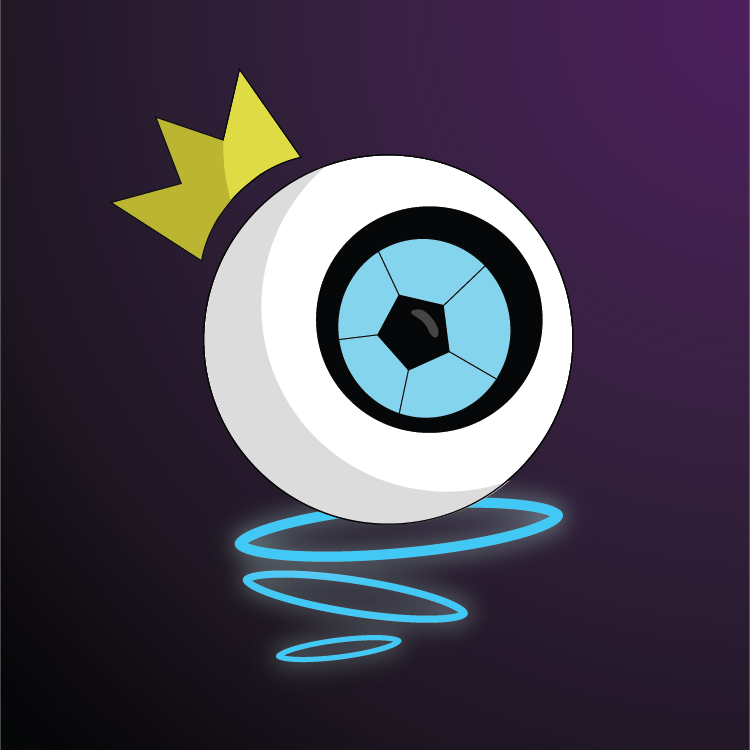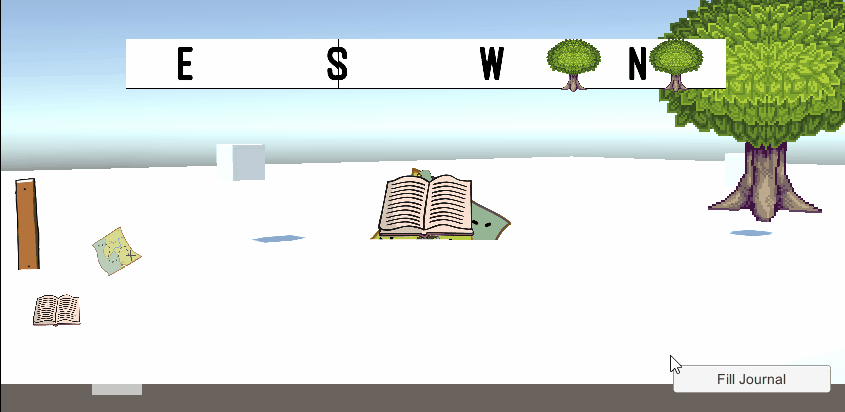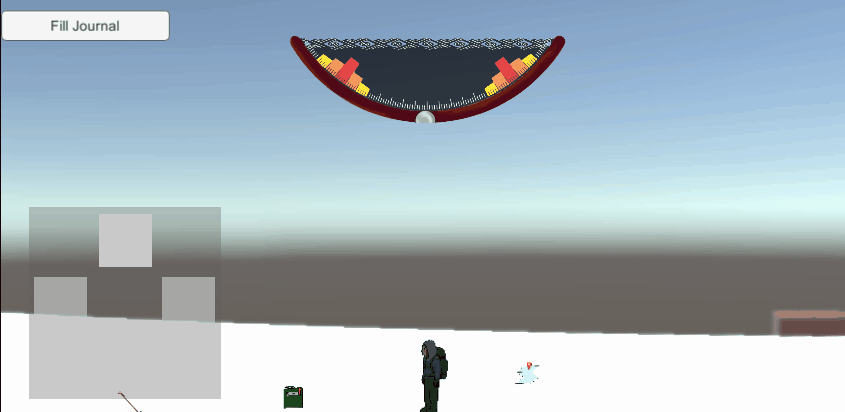An Avalanche Education Game, made for my Capstone Project during my final year at Sheridan College
Takeaways
This project is the first-ever long-term project that I have been a part of and was showcased XP Game Developers Summit in April 2022. Throughout the project, my team and I have constantly re-iterated our goal, allowing us to understand how these long-term projects are produced.
Understanding what aspects were necessary for our educational aspect was challenging, but we were able to balance what was needed for our game and end with a fun, and educational game.
SNO is my Capstone’s Team game for our final year at Sheridan College.
For this Game, my initial role was focused on the Sound Design aspects, but as our team dynamic developed, I took on the Programmer role as well.
Throughout SNO’s development, our team had the opportunity to talk to a variety of mentors and even had the chance to confirm our research was correct with a real Avalanche Expert.
Process Work
Initial Ideas
One of the main goals of our game was to educate our players on Avalanche Avoidance and to teach common misconceptions about Avalanches. Which brought us to one of our main Pillars of Preparation.
The first iteration of mechanics dedicated to Preparation was restricting the player for the amount of equipment and tools they could bring. Requiring the player to carefully think about what is important for their current destination.
To support this system, I created baseline functionality for any kind of tool. Allowing the player to swap in and out different tools and assigning them to their preferred slot.
This iteration had the player able to pick between up to 10 different Items, that would be more useful depending on the context of their situation.
Priority Change
Our project continued to change, with this inventory system being unchanged, even as we migrated our preparation to pathfinding, and away from picking between equipment.
Still, I continued to create and develop the equipment that we believed had the most impact, and usefulness to the player and as teaching moments. These were the…
Map
Snow Profile
A tool that allows you to check the quality of the snow
Journal
Binoculars
Bonus Compass
Inclinometer
A tool that calculates your angle
I created each tool with a baseline version, and slowly changed them over time as I obtained feedback from my peers, and playtesters.
Early version of how the Journal Looked and Functioned.
Featuring pure functionality, focusing on how it needs to behave for the future.
A later version, that include early art.
This allowed for reorganizing the UI elements, and add in additional feedback like the notification system, on the tools themselves.
Through our research, we organized and gamified each kind of equipment that can be found in hiking in snowy and mountainous terrain.
Constant Iteration
One of the obstacles that we eventually encountered, was that the controls in relation to the tools were no longer user-friendly. As the base system was still stemming from the original version with many tools.
One of our goals was to have both Keyboard support as well as controller support. The early version of the control scheme requires both hands on the keyboard to facilitate the older equipment design. With this realization, we needed to revamp many of the older controls to have a better user experience.
Changing from both hands onto keyboard and mouse, required changing the Controller version as well. In addition to changing the overall inputs, I added dynamic visual indications for the player’s input.
This newer version had better usability with both controller and mouse + keyboard.
Aided by the dynamically changing button indicators.
More information was given to the player further to help bring attention to new information that was available to view.






